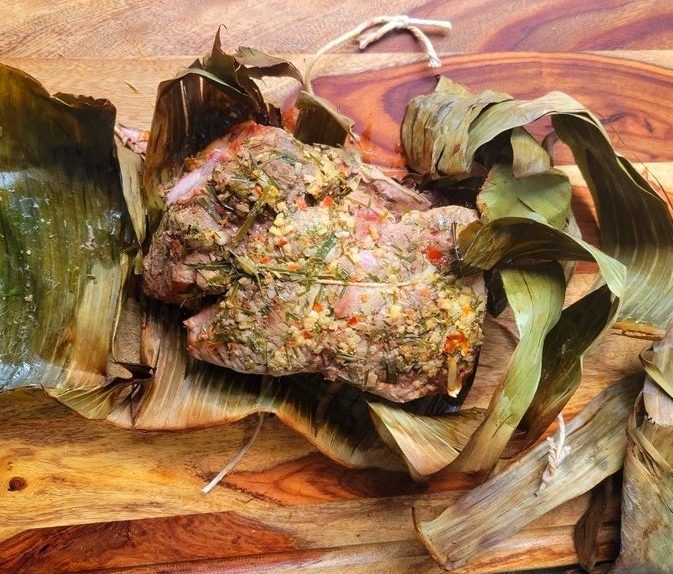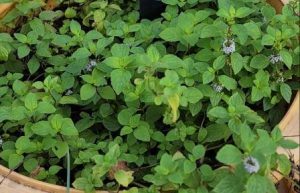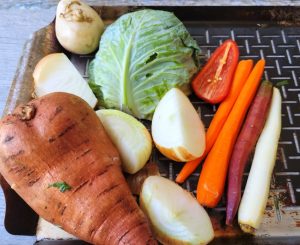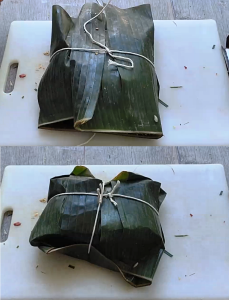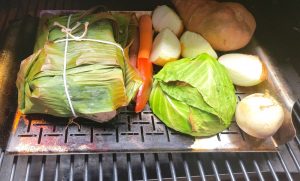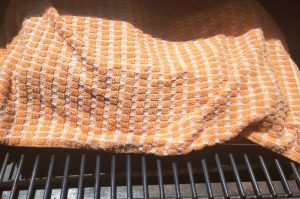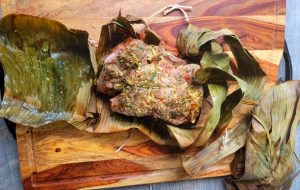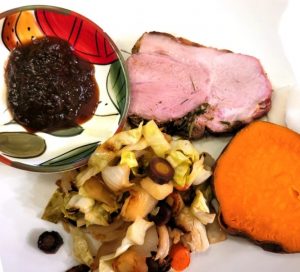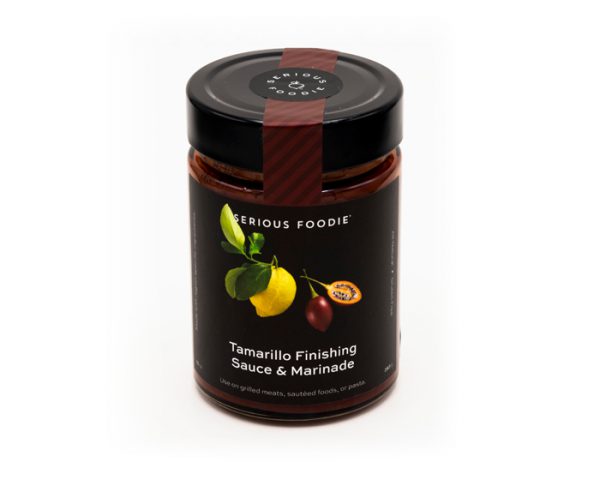We’re hitting the height of the Summer Grilling season, and wanted to do something a little different for our July 4th party. We got inspiration from our friends in New Zealand, who use a technique called “hangi”. It is a cooking method originating with the Maori (The first settlers of New Zealand arriving from Polynesia between 1200 and 1300 AD). They dig a whole in the ground, shovel in a bunch of hot rocks, put the food in, then cook for a bunch of hours. There’s a bit more to it than that, but that’s basically the concept.
Check out this YouTube clip from Gordon Ramsey on Uncharted – chef Monique Fiso and chef Ramsey go all the way, from foraging for the ingredients to digging the pit to cooking the food. It’s like a Hawaiian luau on steroids:
Serious Foodie has a whole article just about the foods of New Zealand, their special ingredients, and what makes sharing a meal so special among the Kiwis (click HERE to check it out). We’ve had first-hand experience – and we wanted to duplicate some of that for the American grill fanatics.
So…we had no way to dig a pit, and we don’t think there is much in the way of wild mountain goat in Florida, so we decided to engineer a technique that can work on most home grills with ingredients that you can find almost anywhere. The concept is to: (1) Set up the grill to maximum heat (Chefs Fiso and Ramsey thought they were at nearly 1000⁰ F). This will decrease as the food is cooking – we estimated it to be about a degree per minute; (2) Wrap the meat in moistened banana leaves, which you can find either fresh or frozen (we found them frozen at a local Hispanic store); (3) Use a bold herb-centric rub for the meat; (4) Cover everything with a wet towel (burlap would have worked better, but we couldn’t get it in time for this experiment). This sets up a bit of a hybrid cooking method, with a bit of smoke and steam which will keep everything flavorful and moist.
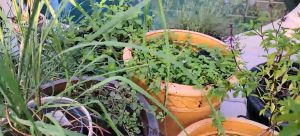
Fresh herbs including Thai basil, lemon grass, New Zealand mint, chives, and thyme
We would have preferred using lamb for our hangi, but we couldn’t find a good cut (a leg would have worked well), so we used a very nice piece of pork butt (pork butt, also known as Boston butt or pork shoulder, is a cut of meat from the upper portion of a pig’s front shoulder). We started by foraging on our lanai, where we grow a bunch of herbs. We pick some chives, Thai basil, lemon grass, thyme, and New Zealand “Maori” mint (Don’t ask how we got one of these mint plants). You can use whatever combo that inspires you, but we wanted to go in a direction that reflects New Zealand cooking which uses a lot of Asian flavors.
You also want to gather some fresh veggies. We have a subscription to the wonderful folks at Green Door Organics – we always have a great selection of veggies for our grill with these folks. For this experiment, we’re using sweet potatoes, Vidalia onions, multi-colored carrots, turnips, and a half head of cabbage.
Set your grill to high. For our gas grill, this brings the heat to about 1000⁰ F. For our Traeger, the highest temperature is 500⁰ F. You could probably use a Green Egg or standard charcoal grill, but you’d be feeding it all day. We decided we were going to try using the Traeger, even though the temperature was lower than the Maori-style pit.
After you’ve got the heat going, prep the meat. Here are the ingredients for the herb mixture:
- Kosher salt, to taste
- Freshly ground black pepper, to taste
- 1/2 cup of fresh herbs
- 4 cloves garlic
- About 1 inch of fresh ginger, peeled and sliced
- 1 red jalapeno pepper (optional)
- Juice from 1 lime
- 2 tablespoons extra-virgin olive oil
We put everything into a blender (or food processor) and formed a paste. We then spread the paste all over the pork.
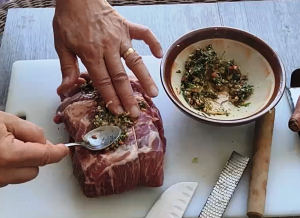
Rub the mixture all over the pork roast.
Wrap the pork with moistened banana leaves.
Place everything into a grill basket or onto a grill pan, and place it onto the hot grill:
Here is the key, and the difference between standard grilling and hangi: Cover everything with a wet towel (burlap would have worked better, but we couldn’t get it in time for this experiment). We sprayed the towel with water about every 15 minutes for 2 hours to keep the steam going. The temperature on the Traeger was lowered 15 degrees every 15 minutes.
We took the cabbage off after an hour, the carrots, turnips, and onions after 1.5 hours. If this was true hangi, we could not do this or even peak at roast – you’d have to trust everything was cooked. We also cheated a bit by testing the temperature of the pork. Once we reached an internal temperature of 155⁰ F (3.5 hours of cook time), we took it out and let it rest for 30 minutes.
The roast looked and smelled great, but we let it rest another 30 minutes after unwrapping before we cut into it.
We chopped up all the veggies – they looked amazing together – then plated this up with the pork and a slice of the Green Door sweet potato. There’s a side of the Serious Foodie New Zealand Tamarillo Grill Sauce off to the side for dipping. This was just the best ever pork roast – hope you try it out!
Try an authentic taste of New Zealand with our Tamarillo Grill Sauce & Marinade.

